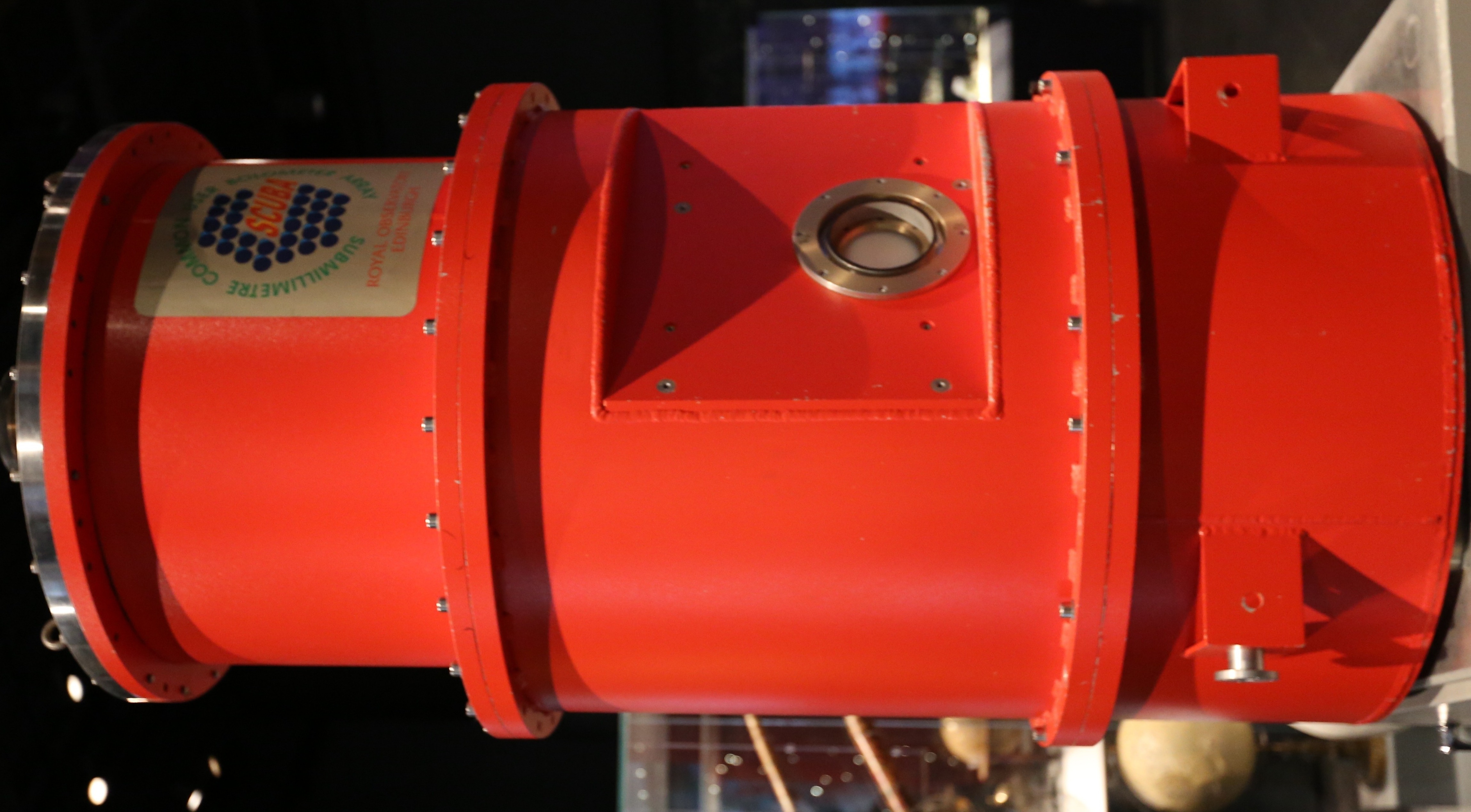
Background
Visualization of infrared (IR) radiation is achieved by projecting an IR picture onto a sufficiently large 2D matrix of small microbolometers. Using electrical signals, outputs can be visually displayed, thus creating a pixelated image of the original IR picture. One of the issues resolved by the technology relates to the sensor material and its electrical resistance as a function of temperature.
Technology
The technology is a bolometric sensor which uses a thin film of vanadium dioxide exhibiting metal-insulator transition qualities, with an arrangement for controlling and regulating the temperature and resistance of a predetermined point, within a main hysteretic loop of the metal-insulator transition. The sensor uses an electronic readout arrangement to monitor the temperature and resistance of the sensor, thus creating a more accurate and longer lasting sensor for visualization.
Advantages
- More reliable - More accurate - More communication with user
Application
- Infrared imaging -Bolometry and bolometric sensor design - Focal plane array design
Inventors
Michael Gurvitch, , Physics and Astronomy
Serge Luryi, Distinguished Professor, Chairman, Electrical Engineering
Aleksandr Polyakov, ,
Aleksandr Shabalov, ,
Licensing Potential
Development partner,Commercial partner,Licensing
Licensing Status
Available for licensing
Licensing Contact
Donna Tumminello, Assistant Director, Intellectual Property Partners, donna.tumminello@stonybrook.edu, 6316324163
Patent Status
Patented
[8,158,941](https://patents.google.com/patent/US8158941B2/en)
Tech Id
8049
